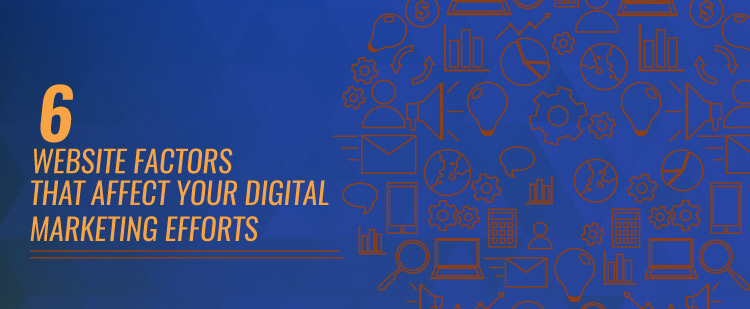In the competitive world today, a new strategy is being introduced every now and then with the focus on attracting customers to your website. However, the fundamental key to getting people to open your website and reach out to you is the content on your page.
Ways to Get More Customers to Your Website
1. Make your website attractive and captivating
Basically, one should understand the basic fundamentals and principles needed to uplift sales, whether it is online or offline. A major attraction for the customer to buy from your website is the captions you add to your page and how attractive you make it for the customer.
You should regularly add new variety to the stock on your page so that a customer finds something different every time he opens your page. Also, the user should look forward to seeing your page because he has an attraction to find something new.
2. Customer engagement
Remember to take general information such as phone number, address and other details from your customers so that you can update them about the promotions you are offering.
Another way of making your website popular is by hiring a digital media expert to advertise your page. They have the knack of bringing your page up and increasing the visibility of your page.
3. Blogging
Another way of attracting more customers to your website is by creating an amazing blog that can attract people by delivering useful and interesting information about your page and products as well. In your blog, you can mention all about your product and can also highlight the product so that it attracts the customer.
Give a very attractive headline to your blog. Give examples and ask your customers to share their e-mails so that you can get in touch with them. Ask them to subscribe to your page so that they will become your permanent customers and will look into your page each time they turn on their computers.
4. Free Giveaways and Events
Another important way of attracting people is by hosting a party. This party does not necessarily need a dance floor but it needs to have food for free or promotional gifts. Even if you are not doing a party yourself but sponsoring an event, people appreciate the sponsorship and visit your page to also see your products.
5. Innovative Branding
A very innovative and successful method of marketing your website is by branding. This can be done by decorating the exteriors of your vehicle with good graphics and displaying information about your website on both sides of the vehicle. People around will see your website; the more your vehicle moves, the faster will be your publicity.
6. Advertising and Promotions
One way customers can know about your business is through advertising in new online directories. You can also share your ideas and plans through local yellow pages and advertising magazines that are circulated in colonies. These advertisements are totally free and also profitable.
7. Video Marketing
Video marketing is also an effective strategy to attract customers to your website. You can create a series of video posts with solutions to problems in harmony with the kind of services or products you offer. Use YouTube to reach out to more individuals and establish an authority in the industry.
Conclusion
Each of the activities mentioned above takes time and therefore, it is not advisable for you to expect overnight results. Remain constant in your efforts and gradually, you will notice an increase in the number of visitors on your website. Once traffic has been generated, use attractive offers, and product ranges with eye-catching captions and CTAs to generate conversions.


